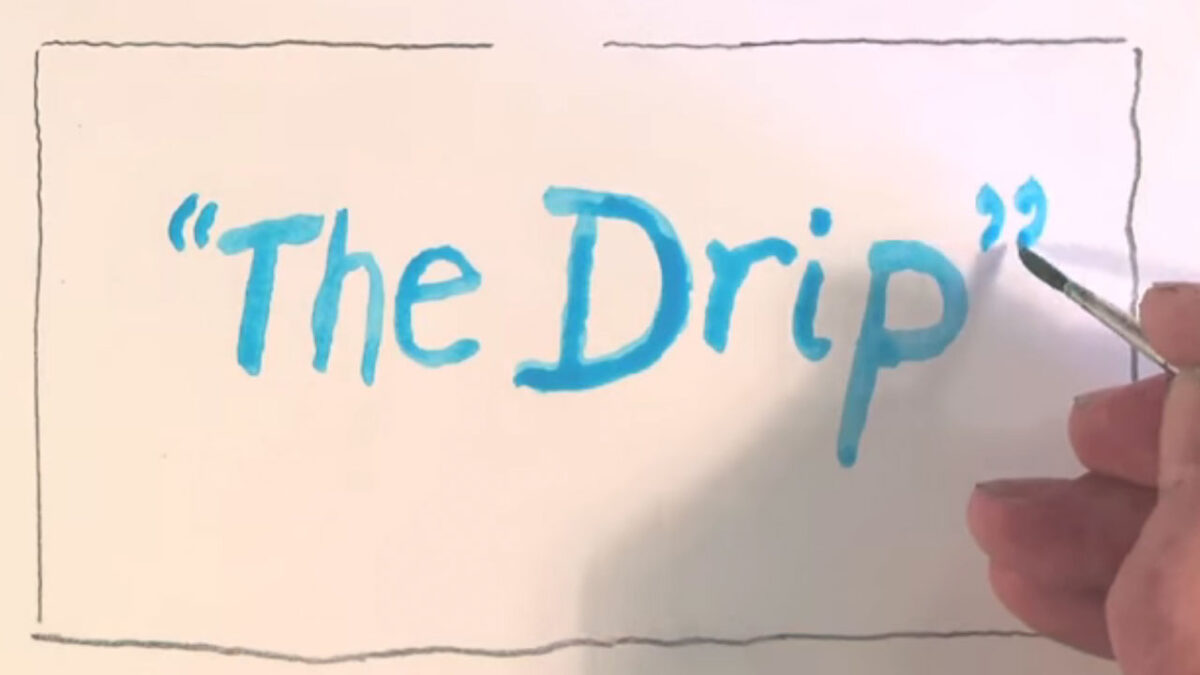The river
The River Yealm rises 430 metres above sea level on the Stall Moor mires of south Dartmoor and makes its 15 mile journey to the sea passing through Cornwood, Lee Mill and Yealmpton before reaching the estuary mouth just below Newton Ferrers and Noss Mayo.
The estuary
The estuary of the Yealm is tidal up as far as Puslinch, 4 miles inland. Like the other estuaries of South Devon the original deep river valley has been inundated by later sea level rise, with the tide flooding in to create a wide expanse of water.
Designations
In addition to the National Landscape designation, the estuary is also a Site of Special Scientific Interest (SSSI) and a European Special Area of Conservation, and lies within the South Devon Heritage Coast.
Blue carbon
Our coast and estuaries play an important role in the binding of the world’s biological carbon (or green carbon), with more than half being captured by marine living organisms (hence it is called blue carbon). With such an important carbon fixing resource on our doorstep, it is important that we restore and maintain healthy marine ecosystems.
For further details please read the full blue carbon report.
Getting around
- On foot: although there are footpaths in the area, there is no trail around the estuary as most of the land is private estate.
- River cruiser: there are no river cruiser services.
- Ferry crossings: there is a seasonal passenger ferry service operating a summer only crossing between Newton Ferrers, Noss Mayo and Warren Point (for the coast path to Wembury).
Estuary conservation and management
The care and management of the Yealm Estuary is co-ordinated through the Yealm Estuary Management Group (YEMG).
YEMG is supported by the South Devon National Landscape Estuaries Officer, Nigel Mortimer. View contact details.
An estuaries management plan for all five South Devon estuaries has been published covering the eight year period 2016-2024 and is available to download at the top right of this page.






